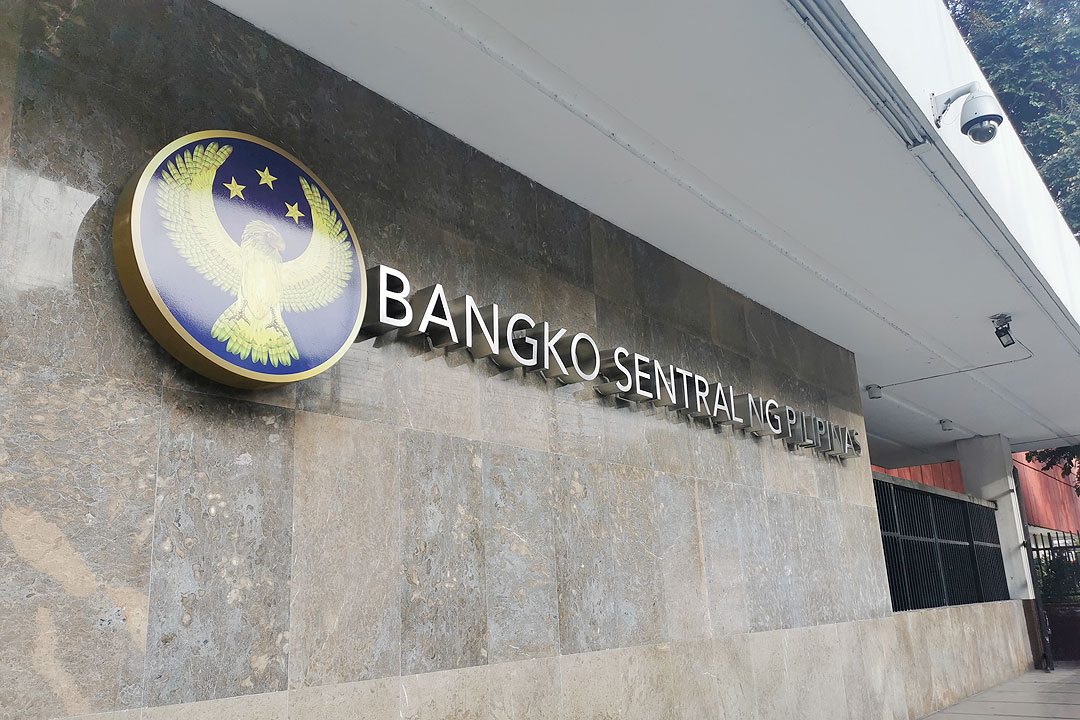




Philippines Trade Update: Exports momentum continues
 DOWNLOAD
DOWNLOAD

Quarterly Economic Growth Release: More BSP cuts to come
 DOWNLOAD
DOWNLOAD

Monthly Economic Update: Fed catches up
 DOWNLOAD
DOWNLOAD


TDF yields drop amid lower global crude prices

Term deposit yields of the Philippine central bank fell on Wednesday, as global crude oil prices stayed under USD 80 a barrel despite rising geopolitical tensions in the Middle East.
Demand for the Bangko Sentral ng Pilipinas’ (BSP) term deposit facility (TDF) stood at PHP 329.014 billion, lower than PHP 360 billion on the auction block. Last week, bids reached PHP 345.778 billion against the same offer.
Tenders for the one-week term deposits hit PHP 171.408 billion, below the PHP 185-billion offer. Bids hit PHP 189 billion against the same offer last week.
Banks asked for yields ranging from 6.55% to 6.613%, narrower than 6.5% to 6.615% on Jan. 10. The average rate for the seven-day debt inched down by 0.21 basis point (bp) to 6.5856%.
Meanwhile, the 14-day deposits attracted PHP 157.606 billion in bids, lower than PHP 175 billion being sold by the central bank. Last week, tenders hit PHP 156.778 billion against the same offer.
Accepted rates for the two-week debt ranged from 6.59% to 6.65%, also narrower than 6.5675% to 6.65% last week. This caused the tenor’s average rate to slip by 0.1 bp to 6.5981%.
The BSP has not auctioned off 28-day term deposits for three years to give way to its weekly sale of securities with the same tenor.
The central bank uses the term deposits and 28-day bills to mop up excess liquidity in the financial system and to better guide market rates.
The TDF yields went down on Wednesday after global crude oil prices eased to near one-month lows, Michael L. Ricafort, chief economist at Rizal Commercial Banking Corp., said in a Viber message.
Global benchmark Brent futures have stayed under USD 80 per barrel since last month despite rising tensions in the Middle East, Reuters reported.
On Tuesday, Brent crude futures increased by 0.2% or 14 cents to settle at USD 78.29 a barrel, while US West Texas Intermediate crude futures ended at USD 72.40 a barrel, down by 0.4% or 28 cents.
Mr. Ricafort said this was due to slower demand, with central banks globally having raised interest rates since 2022, including the US Federal Reserve and BSP.
The Fed hiked borrowing costs by 525 bps from March 2022 to July 2023, bringing its benchmark overnight rate to 5.25% to 5.5%.
Back home, the Monetary Board tightened policy rates by 450 bps from May 2022 to October 2023, which brought the key interest rate to 6.5%, the highest in 16 years.
Lower global crude oil prices may lead to a further easing in Philippine inflation, which could prompt the BSP to start considering rate cuts this year.
Preliminary data released by the local statistics agency showed inflation slowing to 3.9% in December from 4.1% in November and 8.1% a year ago. This was the first time inflation hit the 2-4% target in nearly two years.
But full-year inflation stood at a 14-year high of 6% in 2023. This was above 5.8% in 2022 and marked the second straight year that inflation breached the BSP’s 2-4% target.
Monetary Board member Benjamin E. Diokno earlier said the BSP could cut borrowing costs by as much as 100 bps this year and mirror future policy moves by the Fed.
The BSP will hold its first policy review of the year on Feb. 15. — By Keisha B. Ta-asan with Reuters
This article originally appeared on bworldonline.com





 By BusinessWorld
By BusinessWorld